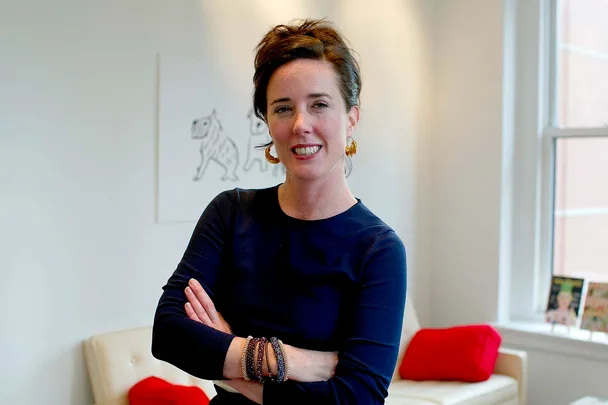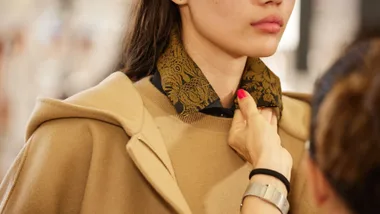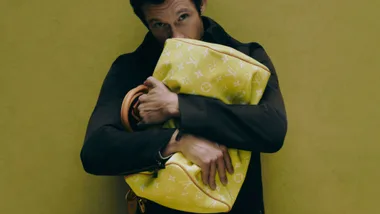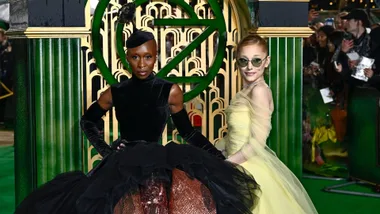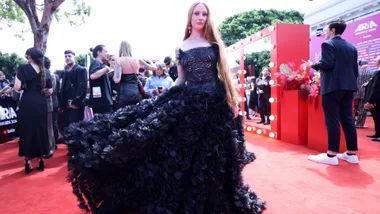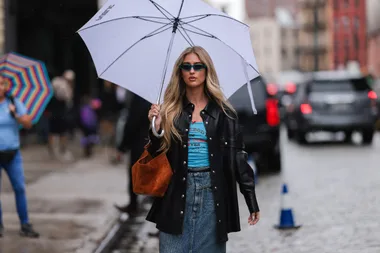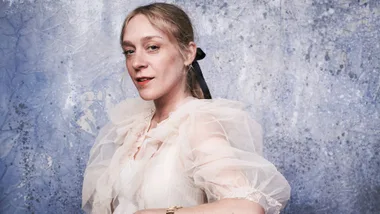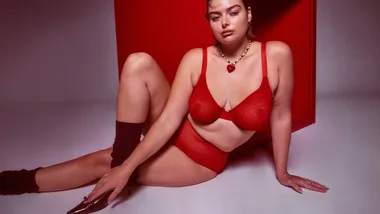Kate Spade’s success in the ‘90s and ‘00s was a timely reminder of the power of women as creative forces in the male-dominated arena of luxury fashion.
At a time when the fashion arena was dominated by men such as Gianni Versace, Giorgio Armani, Ralph Lauren, Calvin Klein and Tom Ford at Gucci, Spade built an empire based on an innate understanding of what women really want.
Today the billion dollar Kate Spade empire’s international outposts are riots of feminine prints, candy pink pieces and pleasing polka dots but it all started in a New York loft with the simplest of black handbags.
The Sam handbag was Spade’s passport from the accessories desk of now defunct Mademoiselle magazine to becoming a serious player in the cut-throat fashion industry.
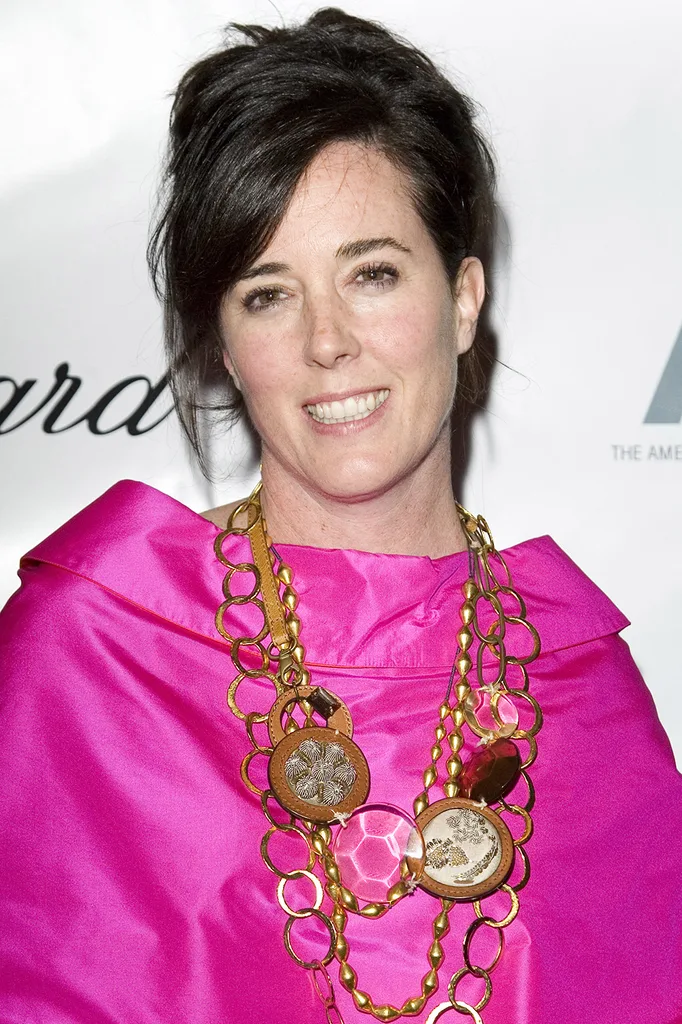
In 1993 the boxy, black and practical handbag was launched in no nonsense waterproof Nylon. The subtle touch of intriguing luxury came at the last moment when the handbag’s label was moved from the lining to the bag’s exterior.
Department store Barney’s wanted it immediately and the women of New York and then the world followed.
Alongside Donna Karan, Miuccia Prada and makeup entrepreneur Bobbi Brown, Spade became a symbol of female empowerment, picking up the legacy of pioneer Coco Chanel for the “It Bag” era.
“The purses became something of a handshake,” Wall Street Journal fashion reporter Christina Binkley told Racked. “When two women met and saw they were both holding Kate Spade bags, they’d nod at each other and understand they were on the same page. It was very chic.”
It was even more chic when those women were Anna Wintour and Julia Roberts or Gwyneth Paltrow, sending sales of the handbags and backpacks that followed skyrocketing. Annual revenue from the fledgling business jumped from $US100,000 in 1993 to $US1.5 million in 1995.
To celebrate the 25th anniversary of the Kate Spade business the Sam bag was re-released this year in a cornucopia of prints and colours but it is still the basic black that resonates most powerfully as an icon of an era.
The 25th anniversary would have been bittersweet for Spade, who left the business with her husband and partner Andy in 2007 to focus on raising their daughter Frances Beatrix Valentine Spade, born in 2005 and philanthropy.
The couple had already sold their shares in the business to US department store Neiman Marcus, who paid a reported $US93 million for the business.
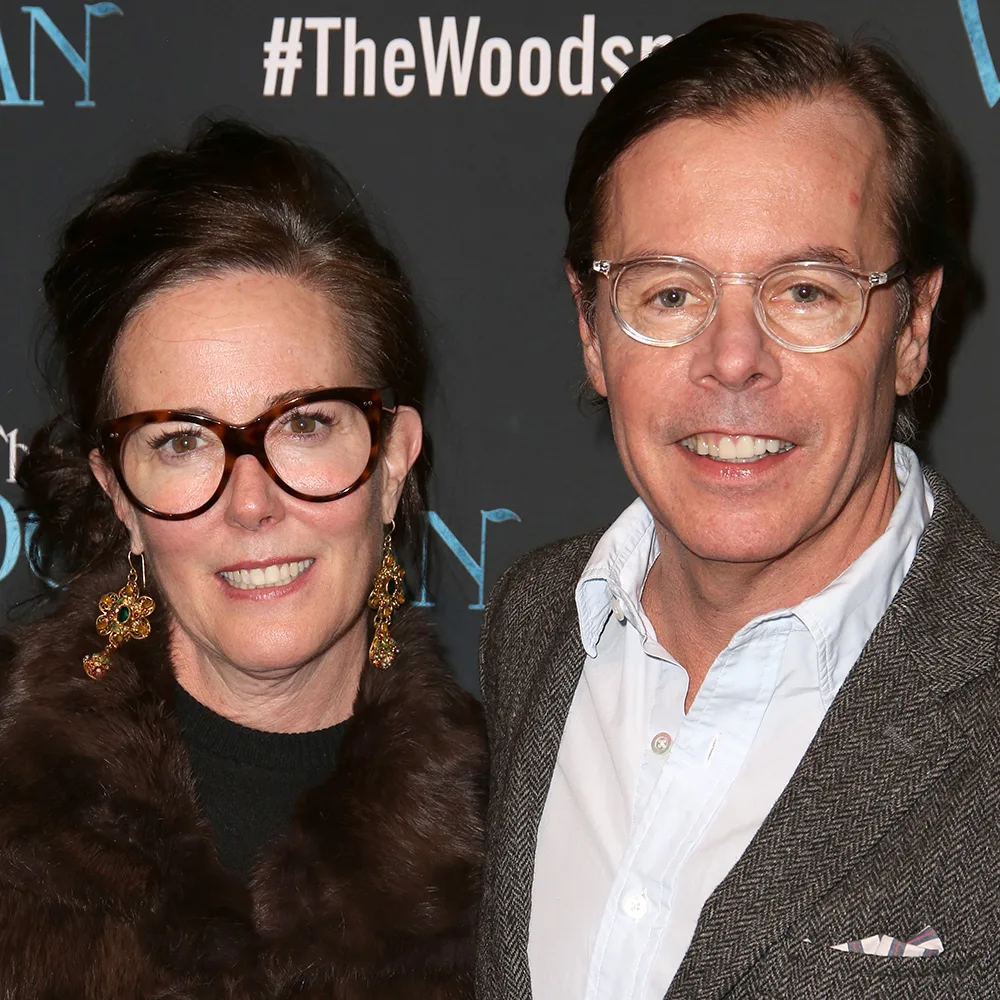
Following a number of owners and international expansion into Europe, Asia and Australia, Kate Spade was bought by US luxury conglomerate Tapestry for $US2.4 billion, sitting alongside Coach and Stuart Weitzman.
Like Jil Sander, fragrance creator Jo Malone and Australian designers Peter Morrissey and Kit Willow, Spade went through the bizarre experience of losing ownership of her name.
In 2015 Spade returned to the accessories scene with her original philosophy of simplicity applied to the label Frances Valentine, legally changing her name to include the family moniker Valentine.
“It kind of makes [me] sound kind of cool, like a rap star or something,” Spade told the Business of Fashion in 2015. “But we’re not trying to be cheeky or coy. It really was to distinguish the name, and separate the two worlds. Obviously we’re super proud of Kate Spade and we want to be respective of both.”

With new creative director Nicola Glass making her debut in September, the Kate Spade brand will live on.
The feminine frills and fancies will endure but Spade’s legacy is the strength, simplicity and power of understanding women.
If you or someone you know needs help, you can call Lifeline on 131 114 or Beyondblue 1300 224 636.
